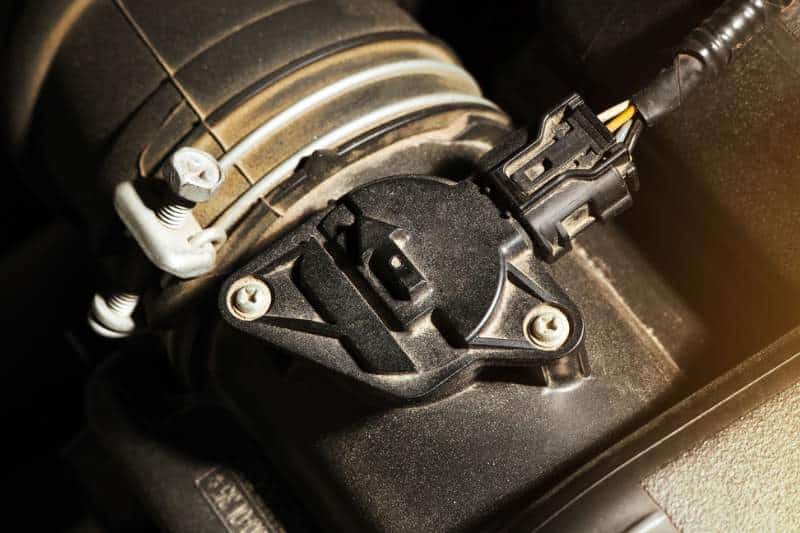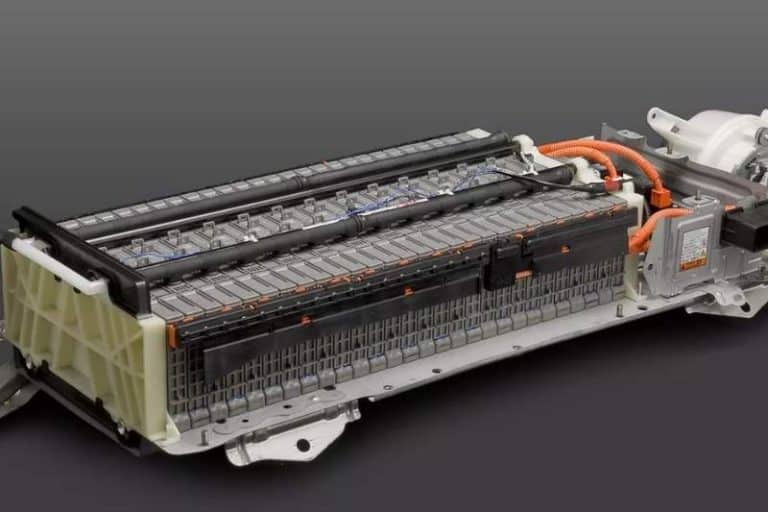MAP SENSOR; WHAT IS IT, LOCATION, OPERATION AND FAULTS

If your vehicle uses an injection system, it has multiple times the absolute pressure sensor. This sensor specializes in multiplying the air pressure by several times the volume of the engine. Learn more about this electronic component, what the MAP sensor does, how it works, its location and common faults.
WHAT IS THE MAP SENSOR?
The MAP sensor is a component in the vehicle that serves to quantify the airflow delivered to the engine. This is necessary for the engine to calculate the amount of fuel needed for proper ignition. Within milliseconds, the manifold absolute pressure sensor signals the electronic control unit. In this way, the timing of ignition or gasoline injection is determined.
WHAT IS THE MANIFOLD ABSOLUTE PRESSURE SENSOR?
Manifold absolute pressure sensors are compact and have no moving parts. Also called MAP sensor. Simply put, the Automotive MAP Sensor measures the amount of fuel sent to each injector. It works with the crankshaft position sensor. This signal is received from the vehicle’s computer and turned on without problems.
WHAT IS IT FOR? SENSOR MAP FUNCTION
If you want to know how the MAP sensor works, you have to say that it is to evaluate how much air pressure is present in the surrounding environment. Then other operating parameters such as gasoline injection speed are measured. This allows the vehicle to run without running out of fuel.
The function of the MAP sensor is important. This is because your vehicle can continue to cycle with the faulty sensor, but will cause more pollution with the exhaust fumes it produces. In addition, engine performance is reduced. Engine wear is evidenced by engine knocking and stalling.
What the absolute MAP sensor does is compare the atmospheric pressure to the car’s intake manifold. It then generates a signal of how much voltage is present and sends it to a computer inside the vehicle. In that part, the computer analyzes other internal parameters and decides whether to inject more fuel or not.
When the vehicle is in idling gear or the air pressure is low, the control unit sends less fuel. Otherwise, more fuel is injected into the engine for optimal performance.
MAP SENSOR LOCATION
If you find your vehicle’s intake manifold, it’s actually on the throttle body. If you look closely, you can see it near the throttle butterfly. And in some vehicles, MAP is used in conjunction with a control unit or ECU.
MANIFOLD ABSOLUTE PRESSURE SENSOR TYPES
It should be noted that there are two types of manifold absolute pressure sensors. One of them creates a variable resistance due to the engine cylinder. The second performs two functions: measuring the absolute pressure in the intake manifold and monitoring atmospheric pressure when the engine is not yet running.
OBD2 CODES RELATED TO THE MAP SENSOR
A faulty MAP sensor under the scanner may result in code P0107. The meaning of this number is explained by the low voltage input of the engine control unit or ECU. Typically the value is less than 5 volts, below the range for good engine performance.
MANIFOLD ABSOLUTE PRESSURE SENSOR COMMON FAULTS
Learn about some of the deficiencies that MAP sensors can indicate and how they can affect your vehicle.
CHECK ENGINE LIGHT ON
This may be the clearest indication that the MAP is defective. This means that the computer sends a malfunction diagnosis to turn on the dash. You must use a scanner that interprets the code to determine what type of error it is.
However, there are other issues that may cause the lights to come on in the dash panel. For example, the port is not connected properly or the vacuum hose is leaking. So, check the following steps before replacing the MAP sensor.
INCREASED POLLUTION
If you live in a country that requires emissions testing and your MAP sensor is faulty, you may be surprised. As a result, pollution emissions may increase. If other faults have already been eliminating, it is due to the multiplicity of absolute pressure sensors.
ENGINE PERFORMANCE ISSUES
This fault is evidenced by a pressure inequality and may be due to the sensor sending the wrong signal to the ECU. Therefore, you will feel the engine malfunctioning when accelerating or decelerating the vehicle. The vehicle continues to accelerate even when idling.
LACK OF MAINTENANCE ON SPARK PLUGS
Dirty spark plugs can become too dirty and result in inefficient combustion. The result can be a weakly running engine with reduced power. Therefore, take care of the spark plugs so as not to affect the operation of the sensor.
HIGHER PRESSURE IN THE ENGINE
Occasionally, an error occurs when accelerating the vehicle and it takes time to react. Rather, it accelerates suddenly for no apparent reason. These two actions are common signs of MAP sensor problems.
HOW TO TEST IF THE MAP SENSOR WORKS?
Verifying the MAP sensor requires only basic mechanical knowledge and a few tools. Prepare a tachometer and a portable vacuum pump and follow these steps:
- Detect the sensor in the engine compartment on the passenger side. Vehicle service manual is available.
- Check that the vacuum hose is clean and that the cables are not loose or broken.
- Consult your service manual to find out what type of MAP sensor your vehicle has. For the frequency sensor you will need a tachometer and for the voltage sensor you will need a voltmeter.
- Without starting the engine, disconnect the sensor connector and turn the ignition key. Measure the voltage and see if it fluctuates, indicating that it is working. Check the voltmeter reading against the service manual. Otherwise, you will have to go to a specialized workshop to replace the MAP sensor. Warranty may be enforced if still applicable.
HOW TO CLEAN THE MANIFOLD ABSOLUTE PRESSURE SENSOR?
Unplug the sensor and wipe the surface with a clean, dry cloth. Check that the hoses between the sensor and intake manifold is properly connected. If breakage is detected, it is best to replace the sensor. This is because the signal it sends when air enters is faulty.
In conclusion, the MAP sensor has the ability to adjust the amount of air the engine receives to inject the right amount of fuel. If there is a problem with the MAP sensor, the engine is 100% unresponsive.
For More Articles: Lifestylebuz.com






